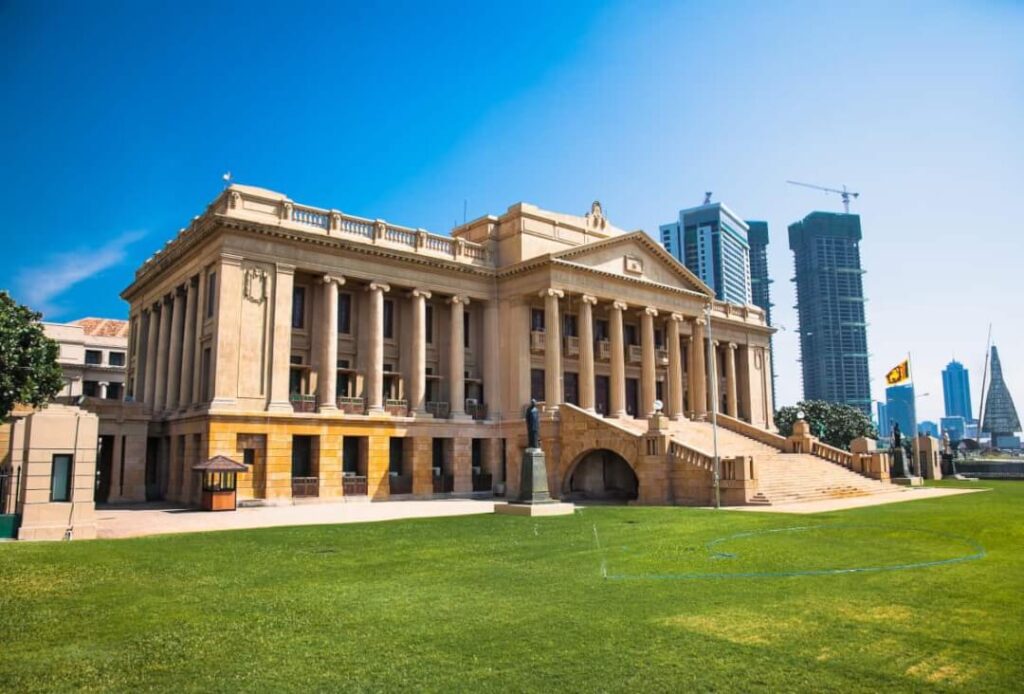Sri Lanka’s government has racked up $51bn (£39bn) in foreign debt.

File Photo
The country doesn’t have enough fuel for essential services like buses, trains and medical vehicles. Officials say it does not have enough foreign currency to import more.
In late June the government banned the sale of petrol and diesel for non-essential vehicles for two weeks. It’s thought to be the first country to do so since the 1970s. Sales of fuel remain severely restricted.
Schools have closed and people have been asked to work from home to help conserve supplies.
Sri Lanka now imports $3bn (£2.3bn) more than it exports every year, and that is why it has run out of foreign currency.
At the end of 2019, Sri Lanka had $7.6bn (£5.8bn) in foreign currency reserves.
By March 2020 this had fallen to $1.93bn (£1.5bn) and recently the government said it had just $50m (£40.5m) left.
The government has also racked up huge debts with countries including China, to fund what critics have called unnecessary infrastructure projects.
Much of the anger for the economic crisis has been directed at President Gotabaya Rajapaksa and his brother, Mahinda, who he appointed to be prime minister, but dismissed in May.
Sri Lanka’s government has racked up $51bn (£39bn) in foreign debt.
$6.5bn of that is owed to China, and the two countries are in talks on how to restructure the debt.
This year, it will be required to pay $7bn (£5.4bn) to service its overall debts, with similar amounts for years to come.
The World Bank has agreed to lend Sri Lanka $600m.
India has committed $1.9bn and may lend an additional $1.5bn for imports.
The G7 group of leading industrial countries – Canada, France, Germany, Italy, Japan, UK and the US – have said they will provide help to Sri Lanka in securing debt relief.


